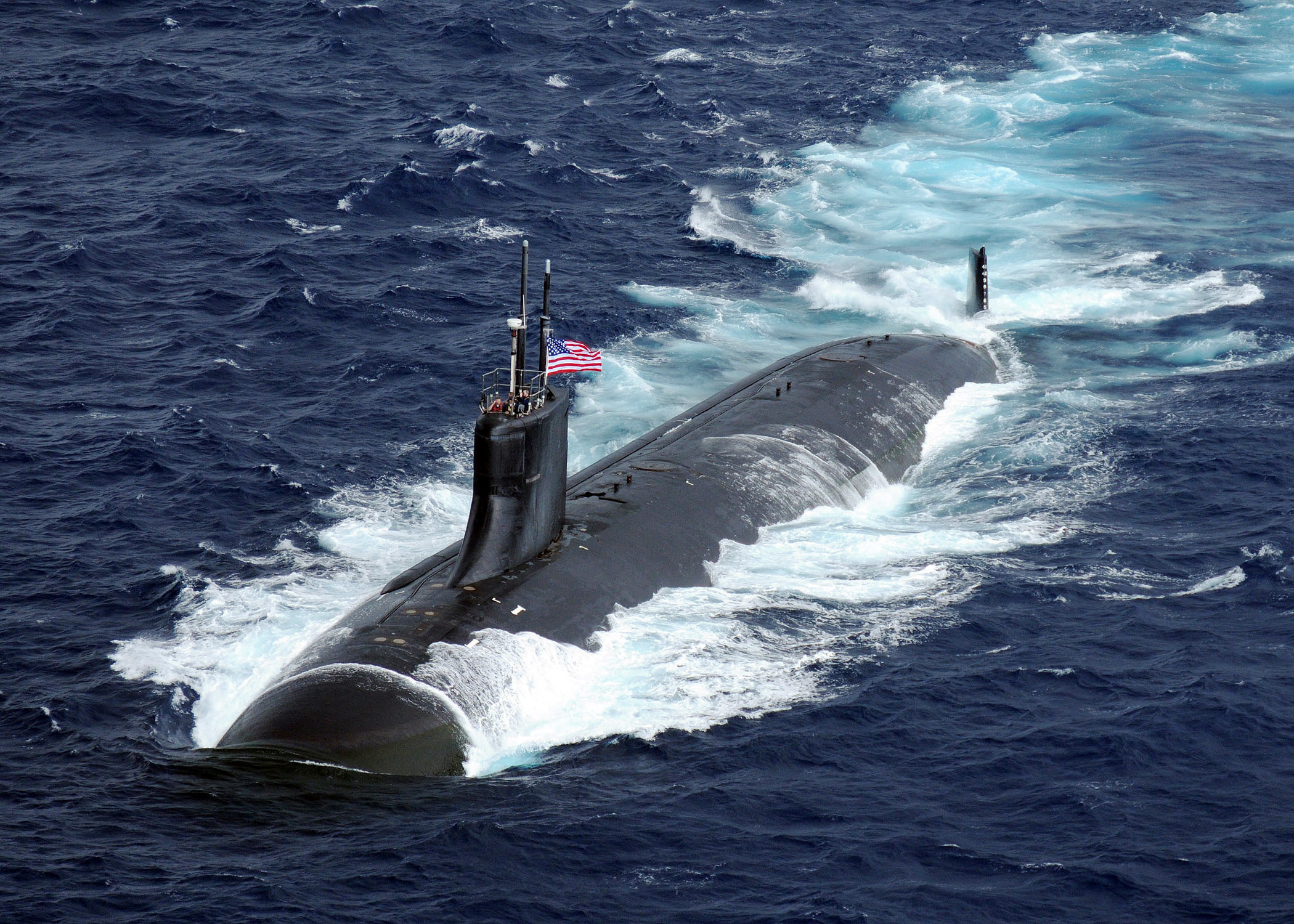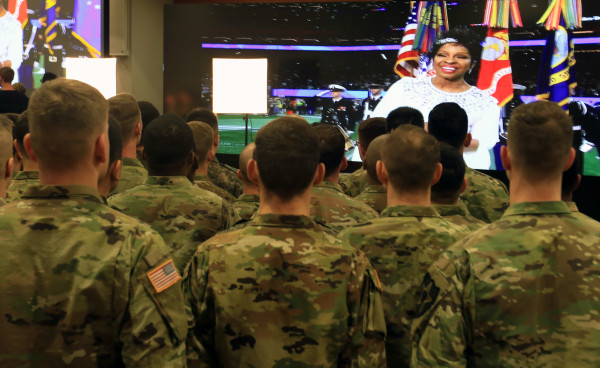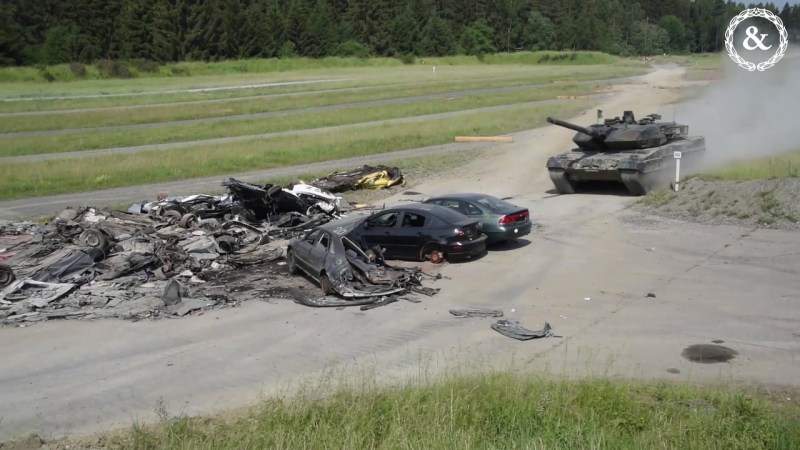The captain, executive officer, and chief of the boat of the Seawolf-class attack submarine USS Connecticut have all been fired following an Oct. 2 incident in which the boat struck an underwater mountain in the South China Sea, the Navy announced on Thursday.
Vice Adm. Karl Thomas, commander of 7th Fleet, relieved Cmdr. Cameron Aljilani, Lt. Cmdr. Patrick Cashin, and Master Chief Sonar Technician Cory Rodgers on Thursday “due to a loss of confidence,” a Navy news release says.
“Thomas determined sound judgement, prudent decision-making and adherence to required procedures in navigation planning, watch team execution and risk management could have prevented the incident.”
One of only three Seawolf-class boats, the Connecticut cost about $3.1 billion to build. Eleven members of the submarine’s crew were injured in the Oct. 2 collision.

Sam LaGrone of USNI News first revealed that investigators have determined the Connecticut became grounded on an underwater mountain, known as a seamount, that did not appear on any charts of the area.
The Navy has not publicly released the total cost of the damage to the Connecticut, which is currently in Guam for repairs.
So far, Navy officials have not explained how the Connecticut collided with the seamount. It’s possible that at the time the submarine was not using certain sonars that could have detected the obstacle because those sensors would have given away the boat’s position, said retired Cmdr. Bryan Clark, a former submariner who is now a senior fellow at the Hudson Institute think tank in Washington, D.C.
Clark noted that the Navy’s announcement that Aljilani, Cashin, and Rodgers had been relieved indicates that Navy leaders feel they did not do enough navigation planning prior to the mission.
“When you’re going to operate overseas in the vicinity of an adversary nation, you do a lot of very careful planning to determine what are right depth zones you need to operate at; how do I stay well away from the bottom; how do I stay away from the surface; how do I prevent running into a potential seamount that might be uncharted while also preventing my counter detection?” Clark said. “If your charts are not very detailed because of the lack of surveys in that area, then you’re more conservative and you try to stay farther away from the bottom because you’re not as confident in the charts as you otherwise would be.”
More great stories on Task & Purpose
- It’s official: Marine Corps brings back the sleeve tattoo
- Air Force says colonel who berated subordinates in leaked audio created ‘unhealthy’ climate
- The difference between Air Force and Navy pilots in one short video
- We finally know why the Army fired its three-star general in charge of housing
- This is the Army’s plan to stop physically breaking so many of its soldiers
- The Army is reviewing its height and weight standards for the first time in decades
- Air Force uniform that covered sleeping Afghan child in evacuation photo headed to a museum
Want to write for Task & Purpose? Learn more here and be sure to check out more great stories on our homepage.
























